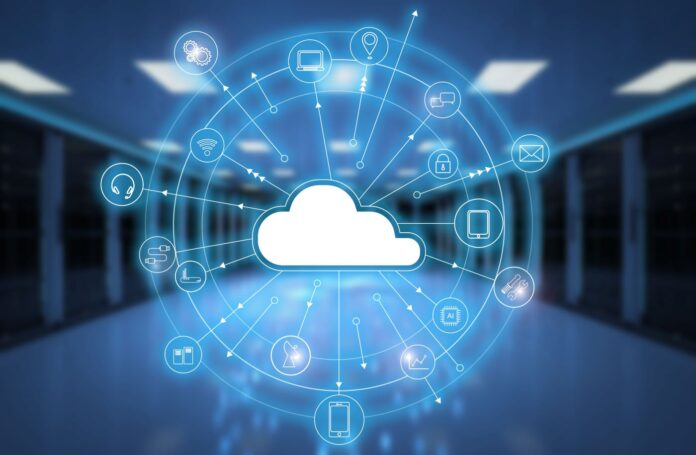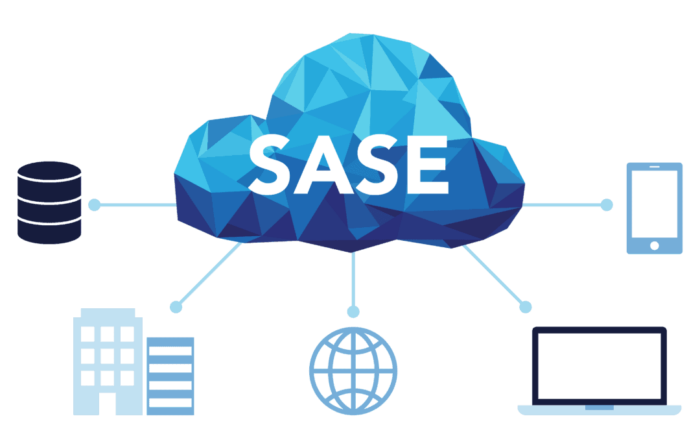
As more businesses become reliant on data storage and improving the customer experience in the digital realm, adopting cloud computing strategies involves more than the desire to embrace the technology for accessing local files.
In 2019, IBM reported that businesses that have adopted cloud technologies are only 20% into their cloud journey. The three reasons for the reluctance to fully embrace cloud computing were unique workloads, reliance on multiple cloud vendors and the lack of relevant skills.
C-suite executives also confirm that a lack of relevant skills poses the biggest barrier to cloud adoption. However, paths are being smoothed in this area by outsourced IT support services that specialise in cloud computing.
With an increasing number of enterprises venturing deeper into their cloud journeys, it’s advantageous to understand how the cloud can help you to diversify your services and leverage the power of cloud computing.
If cloud computing is not on your 2024 agenda, it should be. As more business pivot to hybrid models and consumers demand easier access to products and services, cloud technologies are expected to take centre stage in 2024.
Serverless Cloud-Computing

Stagflation and the stranglehold of a prolonged recession will mean a high number of businesses with being underfunded next year. A cost-effective solution is expected to be the “serverless cloud. It was already the fastest-growing PaaS last year and will boom in 2024.
A serverless cloud enables developers to write code in a fraction of the time it would ordinarily cost to build an app. This will enable practically any business to create an app that cuts through the noise directly to your customers’ mobile phones.
The serverless cloud landscape provides developers with access to all kinds of open-source infrastructures. With multiple features, readily available firms can expedite pathways to the market, enhance networking capabilities, increase agility and much more.
In addition, enterprise file sync and share (EFSS) can be integrated into serverless cloud computing environments. EFSS solutions, such as Resilio, primarily focus on providing a centralised platform for businesses to securely store, access, and share files across various devices and users. They can trigger serverless functions when certain events occur, such as a new file being uploaded or modified. This enables automated processing of files, such as generating previews, extracting metadata, or triggering further actions.
Serverless applications can use EFSS platforms as a reliable data backup and recovery solution. Files and data generated by the serverless functions can be securely stored in the EFSS system, ensuring data integrity and availability. By integrating with an EFSS platform, serverless applications can benefit from the resilience and scalability of both technologies, resulting in a more robust and efficient application architecture.
Function as a Service (FaaS)
Another cloud-based facility that is growing rapidly is FaaS – which incidentally sits within the serverless ecosystem. FaaS, provide app development teams with an easy-to-use platform to run and manage applications for a one-off service.
In the past, managing live applications involved complex processes and fixes that required specialist knowledge. And paying for continuous subscription services or developers to fix issues is beyond the limit of cutback budgets.
FaaS places a function onto a cloud server where it can be instantly accessed and integrated into another cloud-based system. Examples of FaaS include IoT, batch processing and stream processing.
With the option to choose an “on-demand” cloud service rather than a monthly subscription service commonly associated with major players such as Amazon Web Services (AWS), Google and Microsoft Azure, account managers can protect their budgets and divert them towards other investments that can help your business navigate what could be a tricky period.
Life On The Edge

Edge computing is tipped to move the needle for major players in finance, manufacturing, security and healthcare. Many would argue “about time” given that key industries have been notoriously slow in adapting to digital platforms.
One of the lingering issues for these industries is the incapacity to handle huge swathes of data processing and data management. The Edge, on the other hand, can compute billions of data per millisecond.
Edge computing will be supported by the global rollout of 5G broadband which should eliminate latency, but the real processing advantage of the Edge is the capacity to compute data stored on devices that are local to one another rather than a central location which could be located at opposite ends of the planet.
The benefit of edge computing is the capacity for this technology to optimise data collection and data processing online – which will mean more businesses can accept digital payments in-store. Gartner predicts that 75% of data will be processed at the Edge by 2025.
With a focus on optimising data processing speeds and reporting, the concept of “cashless” shopping will be one step closer towards mainstream adoption. But in order for that to happen, the financial sector has to have technologies in place that can perform the digital transaction in milliseconds.
Other industries that require constant and immediate feedback will also rely on Edge computing to process data and deliver analytical reporting such as manufacturing, IT technology and healthcare. Although The Edge will only exist in the background, it will most undoubtedly be at the forefront of society over the next few years.
Business Are Getting SASE

Managing a raft of applications and technologies can be complicated for IT professionals. SASE – pronounced “sassy” – aims to eliminate the complexities of managing multiple technologies by bringing network and security products into a centralised dashboard.
Network architecture stored in a single point of access makes it easier for IT teams to facilitate and reach a distributed workforce easily. In the current paradigm, you usually have to invest in additional hardware and software to perform functions on remote devices.
Remote working appears to be the way forward for a growing number of companies in 2024. But despite the benefits of hybrid work models, the impact on IT teams becomes even more complex. IT professionals will already know this from experience.
Businesses can use enterprise file sync and share (EFSS) solutions within the context of SASE. SASE platforms can offer secure access to enterprise file storage repositories by using zero trust network access (ZTNA) principles. That way, only authorized users and devices can access the files and that the access is granted based on the user’s identity, device posture, and other contextual factors.
Moreover, SASE platforms can apply security policies and access controls to EFSS traffic flowing through the network. This allows organizations to enforce consistent data privacy and security policies across all remote users and locations accessing EFSS services.
SASE streamlines network access by combining WAN capabilities and cloud-native network security functions. No matter where your team is located, IT professionals have complete visibility – even in hybrid environments.
In a nutshell, SASE gives you full control over every device that has authorised access to your business network. The new-generation cloud-based service can also enhance your security protocols with zero-trust access whilst simultaneously removing the administrative burden of IT professionals.
Close
Cloud computing has proven to be a game-changer for the tech industry. And the continuous advancement of cloud technologies is expected to make it even easier for enterprises to adapt to digital environments, cut operational costs and provide a superior customer experience.
With the evolution of these next-generation cloud technologies, 2024 is expected to be a pivotal year for cloud computing to move the digital world into the real world on a significant level – even more than it already does.
















